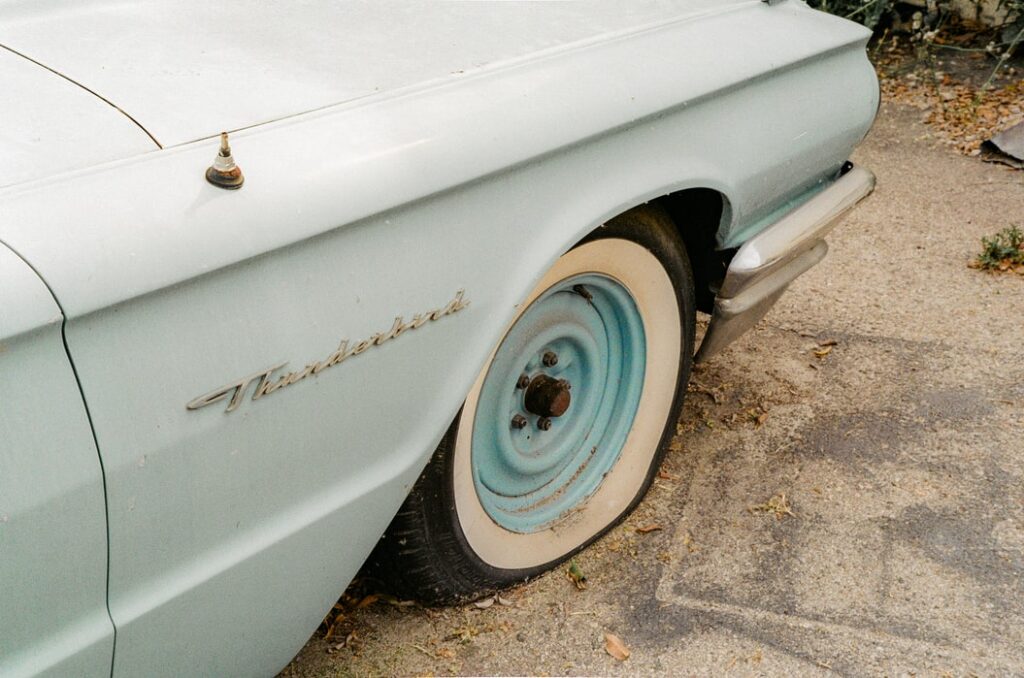The coronavirus pandemic has shaped pretty much every aspect of our lives, and almost every industry on the planet. Here on the Headlights blog, we’ve already gone over what the “new normal” will look like for the auto industry as a whole, even down to what sort of things you might expect during your next visit to the auto shop. But what about the more mundane things, like what to do the next time you’re left with a flat tire?
Dealing with a flat tire anytime can be a pain, but even more so during a global pandemic. In our new age of social distancing, dealing with unexpected issues like these requires more forethought, and more consideration of public health and safety. So what’s a driver to do when confronted with a situation like this?
First, it’s important to understand that other drivers on the road are much more unlikely to stop, and your only option for immediate assistance may be AAA.
AAA is there to help
Thankfully, regardless of the pandemic, AAA is still out there providing roadside assistance to drivers in need of a hand. They’re also following proper safety guidelines as well, with service providers following sanitization guidelines to protect themselves and members, including wearing fresh gloves for each call and wiping down vehicle surfaces.
While AAA is an invaluable resource to drivers across the country, oftentimes the best way to solve a problem is by preventing it from happening in the first place.
How to inspect and change your tires
There are a lot of reasons a flat tire can happen, and sometimes things are just out of our control. However, inspecting your tires every so often can help you catch potential problems early.
First, check if your vehicle has a spare tire – that’s always a helpful thing to have.
Every so often, you’ll want to simply check for uneven wear and tear. Look for signs of damage on the tread and sidewalls, and keep your eyes out for things like nails and screws.
To check your tire’s inflation, you’ll want to check it “cold” (before you start driving). You’ll find the recommended air pressure in the driver’s doorjamb.
Do these things monthly to help reduce your chances of ending up on the side of a road with a blown tire. And while you’re at it, don’t forget to have your tires rotated every 5,000 – 8,000 miles. Having them rotated regularly can extend their life and help them to wear evenly.
What to do immediately after getting a flat tire
If you do accidentally find yourself with a flat, don’t panic. Keep your steering steady and put on your turn signal (and hazards). When you can, move to the side of the road, away from traffic.
If you’re unlucky enough to be driving on a bridge or overpass, you can often roll your tires for a short distance until you’re near a safe place to stop, but note that this can further damage your tires and potentially damage your wheel.
At this point, it’s a good idea to call AAA. Although if you do want to replace the tire yourself, make sure you’re in a flat, safe spot, and set up reflective traffic triangles behind your vehicle if you can.
